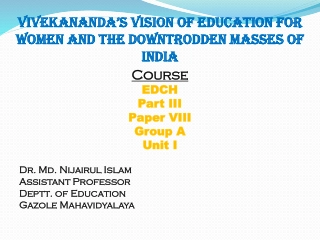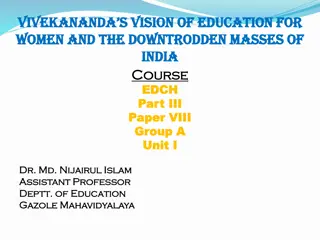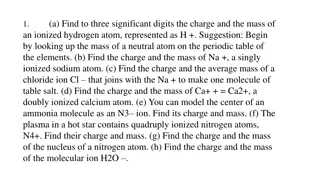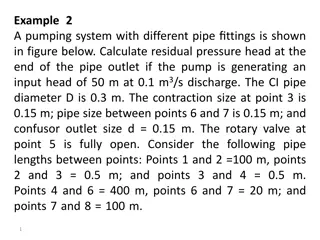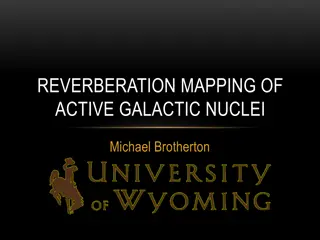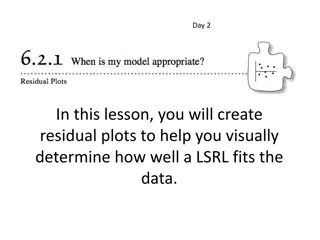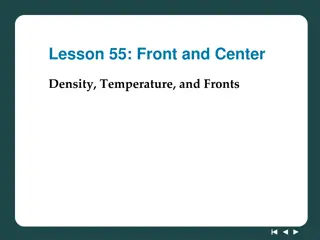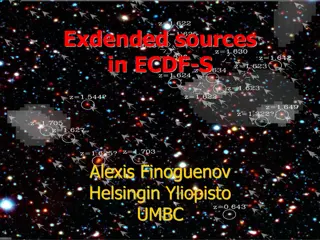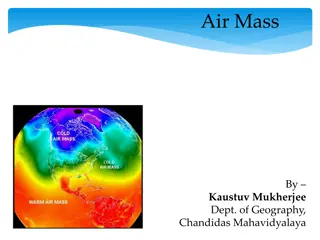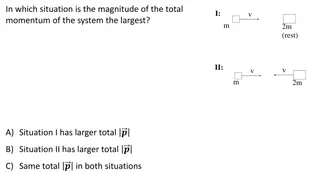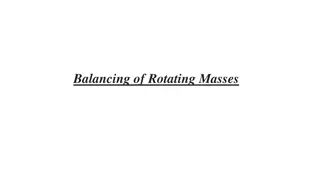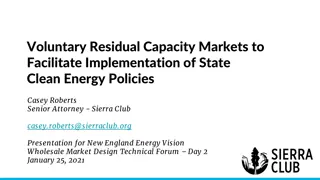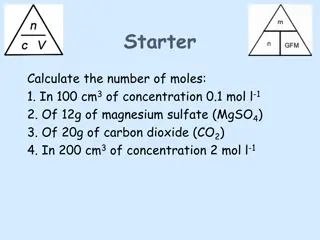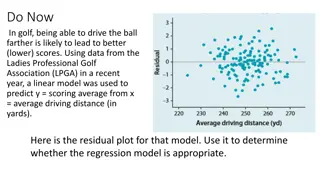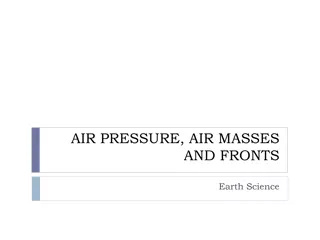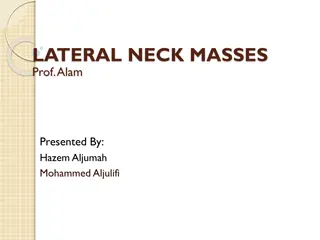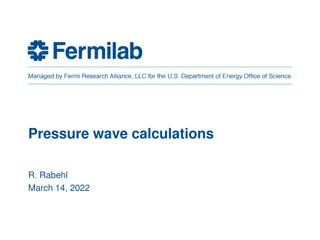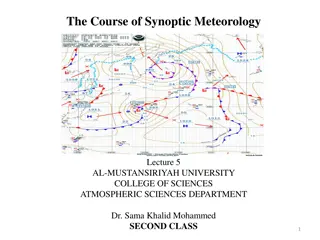Testicular carcinoma
The diagnosis and treatment options for testicular carcinoma from Dr. Shanzah Shahbaz, a medical oncologist. This comprehensive guide covers staging, tumor markers, false elevation risks, chemotherapy regimens, and management of residual masses.
2 views • 15 slides
Inflammation and Cholesterol Predicting Cardiovascular Events
This study explores how inflammation and cholesterol levels predict cardiovascular events among 13,970 statin-intolerant patients in the CLEAR Outcomes trial. Findings suggest residual inflammatory risk may be a stronger predictor than residual cholesterol risk for future events. The research analyz
0 views • 17 slides
Swami Vivekananda's Vision of Education for Women and the Underprivileged Masses of India
Swami Vivekananda emphasized the importance of education for women and the underprivileged masses in India. He believed education should focus on character-building, strength of mind, and intellectual expansion. Vivekananda advocated for empowering women through education to shape the next generatio
0 views • 12 slides
Understanding Balancing of Reciprocating Masses in Engines
Learn about the balancing of reciprocating masses in engines, including the importance of balancing primary and secondary forces in multi-cylinder in-line engines. Discover how crank angles and cylinder arrangements contribute to balancing forces for optimal engine performance.
0 views • 6 slides
Understanding Air Masses, Fronts, and Severe Weather in Earth Science
In Chapter 20 of Earth Science, we delve into the dynamics of air masses, fronts, and severe weather. Meteorologists study the movement and characteristics of air masses to predict weather changes. Air masses, defined by their temperature and humidity, interact at fronts, leading to precipitation an
0 views • 7 slides
Understanding Central Abdominal Pain and Masses in Clinical Practice
Abdominal pain evaluation involves considering various differential diagnoses such as appendicitis, small bowel obstruction, and mesenteric ischemia. By categorizing pain as visceral, parietal, referred, or radiating, healthcare providers can better understand the underlying pathology. The history o
0 views • 57 slides
Residual Inflammatory and Cholesterol Risks in Atherosclerosis Patients
In a secondary analysis of the CANTOS study, researchers evaluated the impact of residual inflammatory risk and residual cholesterol risk in a large cohort of atherosclerosis patients already receiving lipid-lowering therapy. Results showed the relative contributions of inflammation and cholesterol
1 views • 11 slides
Understanding Mediastinal Masses: A Comprehensive Visual Guide
Explore detailed visuals and descriptions of mediastinal masses, compartments, x-ray densities, and key signs in diagnosis. Learn about different types of masses and their management, including common differential diagnoses and imaging techniques.
1 views • 23 slides
Understanding Air Masses and Fronts in Weather Systems
Explore the concept of air masses, their characteristics, source regions, classification, and global distribution. Learn how air masses and fronts influence weather systems, affecting temperature, moisture, and atmospheric pressure. Gain insights into the different types of air masses in North Ameri
0 views • 27 slides
Vision of Education for Women and the Underprivileged Masses in India by Swami Vivekananda
Swami Vivekananda emphasized the importance of education for women and the underprivileged masses in India. He believed in character-building, empowerment, and holistic education to uplift society. Vivekananda's vision advocated for providing education to all members of society, regardless of their
0 views • 12 slides
Atomic Charges and Masses Calculations
Calculate the charges and masses of various ions and atoms, including hydrogen, sodium, chloride, calcium, nitrogen, and more. Explore scenarios involving electron count, electrical forces, gravitational forces, and their effects. The content encompasses physics concepts related to atomic structure,
0 views • 15 slides
Understanding Odontogenic Cysts in Maxillofacial Region
Odontogenic cysts may occur centrally within bones of the maxilla and mandible, predominantly in tooth-bearing areas. Types include radicular cysts, residual cysts, and dentigerous cysts, each with distinct radiographic features and epicenter locations. Radicular cysts are commonly found around nonv
0 views • 7 slides
Factors Affecting the Amount of Depreciation in Asset Valuation
Depreciation in asset valuation depends on the cost, estimated useful life, and probable salvage value. The cost of an asset includes various expenses incurred to put it in working condition. Estimated net residual value is the expected sale value of the asset at the end of its useful life after ded
2 views • 5 slides
Performance Analysis of SPHERE.SAXO System
SPHERE.SAXO system's performance status is detailed, including insights on residual wavefront error, spatial filtering optimization, performance vs. magnitude data, turbulence estimation, telemetry data, and main limitations. The system shows promise but faces challenges in areas such as turbulence
4 views • 13 slides
Insights into Neutron Stars: Observations and Implications
Exploring the fascinating realm of neutron stars through astronomical observations and the implications for equations of state (EOS). Delve into the mysteries of neutron star properties, measurement results from projects like PREX/CREX, and the significance of NS masses, tidal deformabilities, and r
0 views • 24 slides
Introduction to Atomic Masses and Mass Spectrometry
Understanding atomic masses, isotopes, and mass spectrometry in the context of chemistry, particularly the concept of standard atomic mass unit (amu) and its application in measuring the masses of atoms. The content delves into the composition of atoms, isotopes, and how to determine the mass of an
1 views • 20 slides
Pediatric Neck Masses: Causes and Anatomy Explained by Dr. Nitin Sharma
Learn about pediatric neck masses, their causes including congenital, inflammatory, and malignant factors, and the embryology and anatomy behind them. Detailed insights are provided on the branchial system, its arches, pouches, and the structures they contribute to in the neck. Dr. Nitin Sharma, a h
0 views • 42 slides
Pumping System Residual Pressure Head Calculation
Calculating the residual pressure head in a pumping system with various pipe fittings involves determining head losses at different points and transitions in the system. The solution includes calculations for head loss between points, friction factors, contraction and expansion transitions, and more
0 views • 19 slides
Understanding Active Galactic Nuclei and Black Hole Mass Measurements
Exploring active galactic nuclei (AGN) through reverberation mapping techniques to measure black hole masses, observing AGN schematics, ultraviolet-optical AGN spectra, and methods for measuring masses in space. Delve into the current understanding of AGN fields, the future prospects, and ongoing re
0 views • 30 slides
Understanding Residual Plots in Least Squares Regression Analysis
In this lesson, you will explore residual plots to assess the fit of a Least Squares Regression Line (LSRL) to data. From analyzing dry ice evaporation to predicting avocado farm numbers, you'll gain insights into determining model appropriateness and interpreting residual plots. Additionally, you'l
0 views • 6 slides
Understanding Weather Fronts and Their Impact
Explore the dynamics of air masses, temperature variations, and front interactions in weather systems. Learn how cold and warm air masses converge to create different types of fronts, affecting weather patterns. Discover the role of density and temperature in the movement of air masses, and how thes
0 views • 12 slides
Insights into Galaxy Groups from ECDF-S Observations
ECDF-S, led by Alexis Finoguenov, has provided a unique catalog of galaxy groups with low halo masses. Comparisons with weak lensing signal and clustering show good agreement, while Planck13 LCDM predictions can be adjusted by increasing group masses. Limited structure in CDFS within the 0.2 < z < 0
0 views • 14 slides
Understanding Air Masses in Meteorology
Air masses play a significant role in meteorology, covering vast areas with uniform physical properties. They are classified based on temperature, moisture content, and source regions, which can be continental or maritime. Air masses form in regions with little wind and can sit over an area for an e
0 views • 27 slides
Momentum and Collisions Explained Through Illustrations
Explore various scenarios involving momentum, collisions, and elastic interactions through illustrated examples. Understand concepts such as total momentum in different situations, speeds of masses after collisions, momentum conservation in 1-D and 2-D collisions, and changes in momentum direction.
0 views • 28 slides
Understanding Air Masses and Fronts in Meteorology
Exploring Chapter 9 on air masses and fronts, this topic delves into the significance of air masses in influencing weather patterns. It explains how air masses develop specific characteristics based on their source regions, which can be warm and moist or warm and dry, depending on where they form. T
0 views • 90 slides
Understanding the Balancing of Rotating Masses in Machinery
Balancing rotating masses in machinery is crucial for optimal performance. The article covers different methods such as balancing with single and multiple masses in various planes, both graphically and analytically. Proper balancing helps reduce vibrations and ensures the smooth operation of high-sp
0 views • 9 slides
Balancing of Rotating Masses in Engineering
Balancing of rotating masses is crucial in engineering to prevent the effects of centrifugal force, vibrations, and shaft bending. The process involves attaching balancing masses to counteract the centrifugal forces of the primary masses. Different cases, such as balancing in the same plane or diffe
0 views • 24 slides
Ford-Fulkerson Algorithm for Maximum Flow in Networks
The Ford-Fulkerson algorithm is used to find the maximum flow in a network by iteratively pushing flow along paths and updating residual capacities until no more augmenting paths are found. This algorithm is crucial for solving flow network problems, such as finding min-cuts and max-flow. By modelin
0 views • 26 slides
Understanding Air Masses and Fronts in Weather Systems
Air masses play a crucial role in weather patterns, characterized by temperature and moisture content. They form over specific regions and influence weather conditions when they interact at fronts. Fronts are boundaries between air masses, such as cold fronts, warm fronts, occluded fronts, and stati
0 views • 17 slides
Implementing Voluntary Residual Capacity Markets for Clean Energy Policies
Explore the concept of voluntary residual capacity markets to support the implementation of state clean energy policies. Learn how these markets allow load-serving entities to meet capacity obligations outside traditional markets, respecting state goals and methods. Discover the workings and design
0 views • 9 slides
Stoichiometry Calculations in Chemistry
Explore various stoichiometry calculations including determining the number of moles in given volumes and masses, calculating expected product masses based on balanced equations, and finding the mass of products produced in chemical reactions. Practice examples with magnesium, carbon dioxide, methan
0 views • 13 slides
Analyzing Residual Plots for Regression Model Appropriateness in Golf
Utilizing residual plots to evaluate the appropriateness of a linear regression model predicting scoring average from average driving distance in golf based on LPGA data. Introduction to quadratic and exponential models, with an example exploring the relationship between braking distance for motorcy
0 views • 15 slides
Breast Masses in Adolescent Females: Diagnosis and Management
This informative content discusses breast masses in adolescent females, covering crucial aspects such as history, physical examination, and the common causes of breast masses. It elaborates on the differential diagnosis including fibroadenoma, fibrocystic change, mastitis, and rare causes. Detailed
0 views • 18 slides
Understanding Air Pressure, Air Masses, and Fronts in Earth Science
Explore the concepts of air pressure, air masses, and fronts in Earth Science. Learn about the influence of high and low-pressure systems, isotherms, pressure centers, global winds, the Coriolis Effect, and how air masses like continental and maritime affect weather patterns. Discover the impact of
0 views • 24 slides
Understanding Lateral Neck Masses: Anatomy, Diagnosis, and Management
Explore the anatomy and lymphatic drainage of the neck to effectively approach and differentiate various lateral neck masses. Learn about the anterior and posterior triangles of the neck, common neck mass differentials, and the significance of lymph nodes in neck pathology.
0 views • 65 slides
Pressure Wave Calculations in Cryogenic Systems
Presentation on pressure wave calculations by R. Rabehl regarding potential differential longitudinal pressure issues in cryogenic systems, specifically related to changing valve positions and their impact on cold masses. The calculations involve dynamic pressure surges using water hammer calculatio
0 views • 6 slides
Understanding Air Masses in Synoptic Meteorology
Air masses are large bodies of air with uniform temperature and moisture conditions, influencing weather patterns across vast regions. Source regions play a key role in determining the characteristics of air masses, with factors such as stability of atmospheric circulation and surface properties sha
1 views • 17 slides
Understanding Air Masses in Weather Prediction
Air masses play a crucial role in weather patterns. They are large bodies of air with consistent temperature and humidity characteristics. Different types of air masses, such as Continental Polar and Maritime Tropical, influence weather conditions based on their properties. Weather fronts form where
0 views • 9 slides
Ultrasonic Peening Solutions for Enhancing Welded Joint Integrity
Residual stresses in welded joints can lead to failures, but ultrasonic peening solutions offer a systematic approach to measuring and treating residual stresses, improving fatigue life and strength of materials. This technology is recognized for enhancing fatigue strength, corrosion resistance, and
0 views • 19 slides
Textile Cleaning Solutions by Microgenix Specialities
X-Brite EWi and X-Brite from Microgenix Specialities are effective cleaning agents for soiled and stained textile materials. They enhance brightness on dyed fabrics and whiteness on white fabrics, while also removing residual dyestuff. Exclor OS is an all-purpose neutralizing agent that ensures comp
0 views • 20 slides


